Male or female?
How do you know if a bearded dragon is a boy or a girl?
When it comes to bearded dragons, many people want to know how to tell if a bearded dragon is male or female.
This can be tricky, but with a little bit of knowledge, you should be able to determine the sex of your bearded dragon fairly easily.
Here are a few easy ways to identify if a bearded dragon is a male or female.
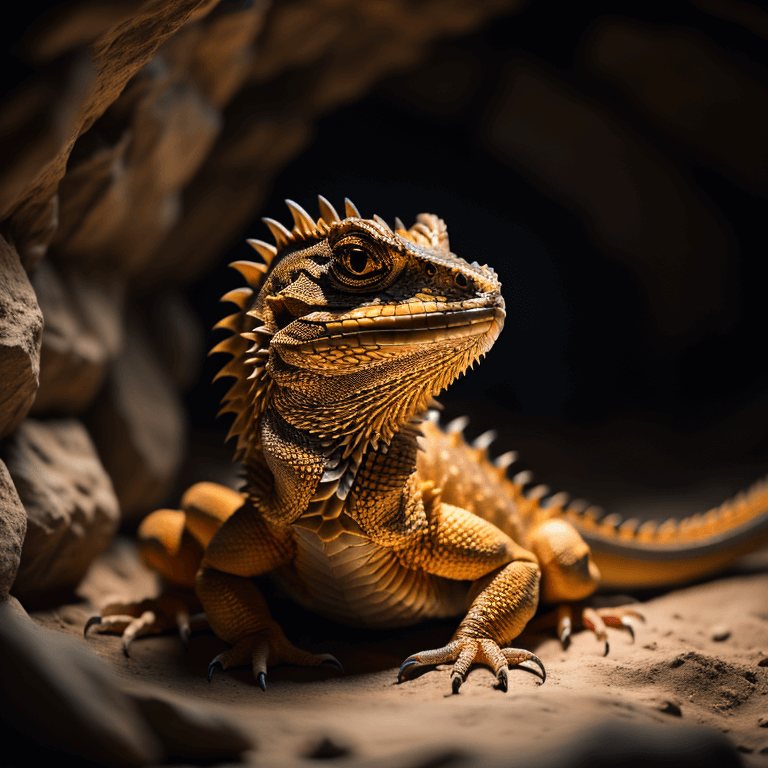
5 physical characteristics that can help determine the sex of a bearded dragon:
- Size – Males tend to be slightly larger than females and have bigger heads. But size is not a fully reliable indicator.
- Hemipenal bulges – Males have two bulges at the base of their tails where their hemipenes are located. Females lack these bulges.
- Femoral pores – Males have enlarged femoral pores on the underside of their back legs. These pores secrete pheromones. Females have smaller or absent femoral pores.
- Tail base – Males have a broader tail base than females. Right above the hemipenal bulges, the tail is often thicker.
- Beard color – Males often have darker, blacker beards compared to tan or lighter beards in females. But some females can also have very dark beards.
The most reliable method is checking for hemipenal bulges and femoral pores.
If bulges and enlarged pores are present, the bearded dragon is definitely male.
While if absent, the dragon is female. Consulting an experienced reptile vet can also help confirm sex.
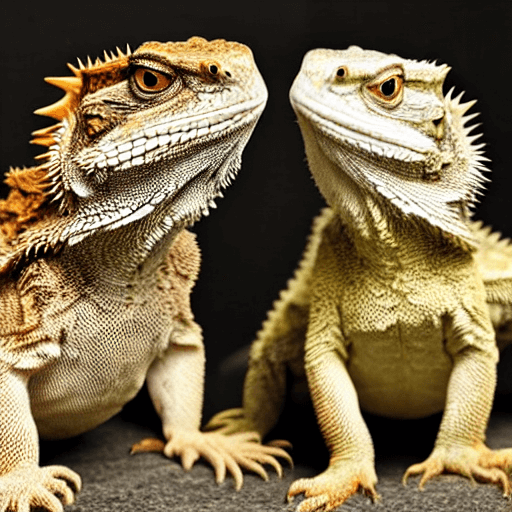
The easiest way to tell the gender of a bearded dragon is to look at its bulge/vent (the opening on the underside of its tail near its cloaca).
If you see two bulges there, then the bearded dragon is male.
If you only see one bulge there, then the bearded dragon is female.
Other ways to determine the gender of a bearded dragon include looking at their head and body size (male dragons are usually larger than female dragons) and looking at the shape of their beard (male dragons have thicker beards than female dragons).
How to tell if a bearded dragon is male or female
Bearded dragons are popular pets, but many people struggle to tell males and females apart.
In general, male bearded dragons tend to be larger than females, with longer tails and wider bodies.
They also have higher foreheads and thicker beards.
However, the most reliable way to identify a bearded dragon’s gender is to look at its cloaca. This is the opening at the base of the tail where waste is expelled.
- In males, the cloaca is located further away from the body, and it has a large bulge called a hemipenis.
- Females usually have a smaller cloaca that is located closer to the body.
- Additionally, their hemipenes are much smaller and less visible.
How to tell apart a male vs female bearded dragons
There are a few ways to tell if your bearded dragon is male or female.
- One way to tell is by looking at the position of their cloaca, which is the exit point for their reproductive and digestive systems. For males, the cloaca is located closer to the base of their tail, while for females, it is located closer to the center of their body.
- Another way to determine the gender of your bearded dragon is by examining its hemipenes, which are the structures used for reproduction. Males have two hemipenes, which are located on either side of their body just behind their cloaca. Females do not have hemipenes.
- Finally, you can look at the bearded dragon’s reproductive organs themselves. Males have larger testicles than females, and they also have a row of pores running along the underside of their tails.
If you’re still unsure about the gender of your bearded dragon after examining these characteristics, you can always take them to a veterinarian for a definitive answer.
How to tell if a baby bearded dragon is male or female
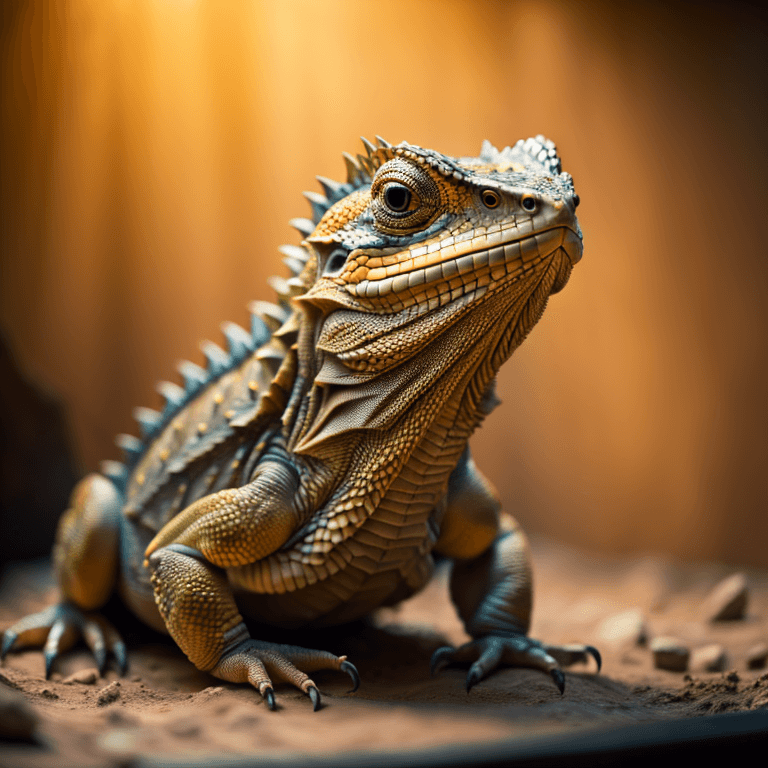
Baby bearded dragons can be tricky to determine the sex of. However, there are a few reliable methods that can help you determine the gender of your dragon.
One way to tell the difference is by looking at the size of the dragon’s head. Males tend to have larger, more triangular heads, while females have smaller, more rounded heads.
Another method is to look at the shape of the dragon’s tail. Males usually have thicker tails that taper to a point, while females tend to have thinner tails that end in a blunt tip.
Finally, you can check for the presence of hemipenes, which are small pores located near the base of the tail of males.
If you can’t find any hemipenes, your dragon is most likely a female.
Female bearded dragon characteristics
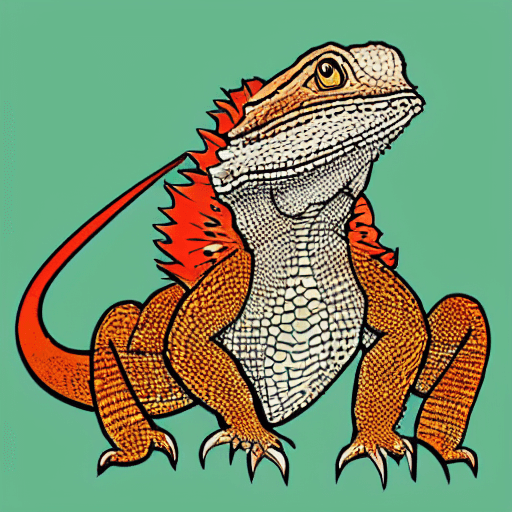
Female bearded dragons have a few distinctive characteristics that set them apart from their male counterparts.
- For one, they tend to be smaller in size, with thinner bodies and shorter tails.
- They also tend to have brighter colors and patterns on their skin. In addition, female bearded dragons typically have two dorsal spines that are longer than the ones on males.
- Finally, female bearded dragons lay eggs, while males do not.
- These differences can help you to identify a female bearded dragon if you are not sure of the lizard’s sex.
Keep in mind, however, that there is some overlap in these characteristics, so it is always best to consult with a reptile expert if you are unsure.
Male bearded dragon characteristics
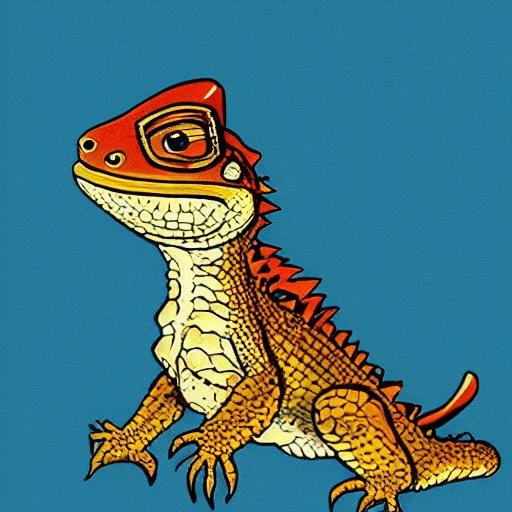
Male bearded dragons tend to be larger than females and have thicker tails.
- They also have a row of large scales down the center of their belly, called a ventral scale crest.
Their coloring is usually more vibrant than that of females, and they often have blue patches on their throats. - In addition, male bearded dragons tend to be more aggressive than females and are more likely to display territorial behaviors such as head-bobbing and tail-waving.
- When choosing a pet bearded dragon, male or female, it is important to select an individual that has been well-socialized and is used to being handled.
Bearded dragons make rewarding pets but require regular care and attention.
When should you determine the sex of your bearded dragon?
Determining the sex of your bearded dragon can be tricky, and it’s best to wait until your dragon is at least 6 months old before trying.

Even then, you’ll need to wait for your dragon to go through a shedding cycle, as this is when males will develop their characteristic courting colors and females will develop their back-opening pores.
The most reliable way to determine the sex of your dragon is to have a vet or experienced reptile keeper do it for you, but there are a few things you can look for on your own.
- For males, look for two bulges behind the vent, called hemipenes.
- For females, look for small pores just above the tail.
If you’re still not sure, try gently pressing on the vent area; males will usually extend their hemipenes in response, while females will usually make no response or only extend their tails slightly.
With a little patience and some close observation, you should be able to determine the sex of your bearded dragon with ease.
Tips to identify the sex of a bearded dragon
There are a few key tips to help you determine the sex of a bearded dragon.
- First, look at the size of the animal. Adult males tend to be larger than females.
- Second, look at the shape of the tail. Males have wider tails, while females have thinner tails.
- Finally, look at the reptile’s behavior. Males are usually more active and aggressive than females.
By following these tips, you should be able to accurately label the gender of your bearded dragon.
With a little practice, you should be able to easily identify the gender of your bearded dragon.
Article Sources
Jacks of Science sources the most authoritative, trustworthy, and highly recognized institutions for our article research. Learn more about our Editorial Teams process and diligence in verifying the accuracy of every article we publish.
